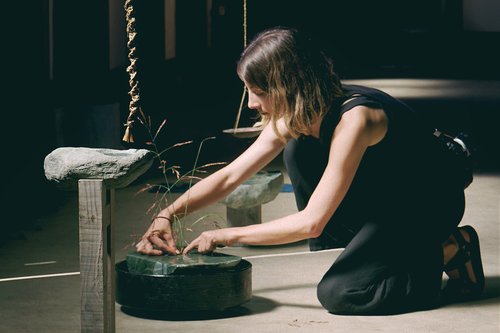
2 min read
A Meditation: The Fountains of Lily Clark
Artist and designer Lily Clark masterfully blends nature's rhythms with precision engineering, interpreting California's landscapes into mesmerizing, architectural water features for the home.

4 min read
A visual commentary on the resilience of indigenous Mexican art, agriculture and community.
As Fernando Laposse returned to his village in Mexico, a sense of nostalgia washed over him. His pilgrimage was prompted by a design project requiring a specific material–maize leaves that he remembered once thrived in the mountains around Tonahuixtla. He was heartbroken when he arrived to discover that the staple corn crop had disappeared, depriving the villagers of sustenance and disrupting a way of life that held deep meaning for him.
Born in France but raised by Mexican parents, a painter and a baker, it was natural for Laposse to connect art and food. The Central Saint Martins alum (University of the Arts London) was inspired to use his product designer training to preserve the indigenous craft and traditions intrinsically linked to materials. “When you discover the history of a material,” he says, “you also begin to understand socio-economic and trade histories, the power dynamics, and so on.”
Opening this week, Ghosts of Our Towns takes us on a multi-media journey of disruption and hope by way of the Mexican agriculture system. Laposse’s first solo exhibition at the Friedman Benda in New York features evocative installations, shining a light on often overlooked natural contributors to our material world. The exhibition is a stunning affirmation of the positive impact of sustainability in design.

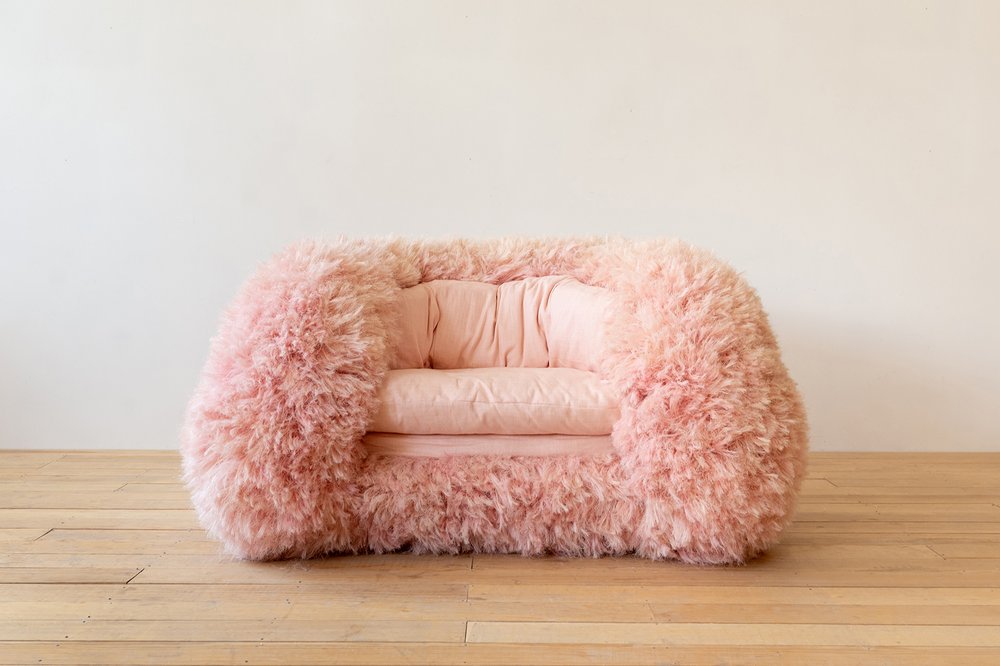

In the shadows of the depleted soil and workforce of Tonahuixtla agriculture, Laposse saw a story of resilience and innovation–and agave. The native plant is purpose-built to retain fertile soil and water while providing ‘sisal’ fibers as a byproduct. Mayan people used sisal to make hammocks before it was pounced upon in the 19th century for global export to manufacture marine ropes and coffee bags.
In 2015, with a small grant from the government, Laposse and the remaining farmers took it upon themselves to reintroduce traditional, pre-Hispanic terracing practices, planting around 300 agave plants in a bid to restore the earth.
“Efforts to regenerate the land go hand in hand with efforts to regenerate community.”
Fernando Laposse
The resulting community project rejuvenated small farms and employed villagers. The planting, harvesting and crafting of sisal provided full-time work for 12 families, catalyzing reparations among indigenous small producers and reversing the loss of native biodiversity but also the spirits of a disenfranchised community.

Collaborating with indigenous Mexican farmers and artists, Laposse sparks social commentary using ancient methods and ‘spent’ natural fibers that highlight the local communities impacted by the changing landscape of material production. Laposse becomes the process, immersing himself in the planting, harvesting, design and fabrication of each piece.
As an artist, Laposse is both utilitarian and barrier-breaking in his craftsmanship. His Pink Beasts exhibition featured henequén fibers from an agave plant dyed bright pink using cochineal insects that infest the native prickly pear cactus, while his past Lufa series utilized the eponymous edible fruit to craft lamps and tables.
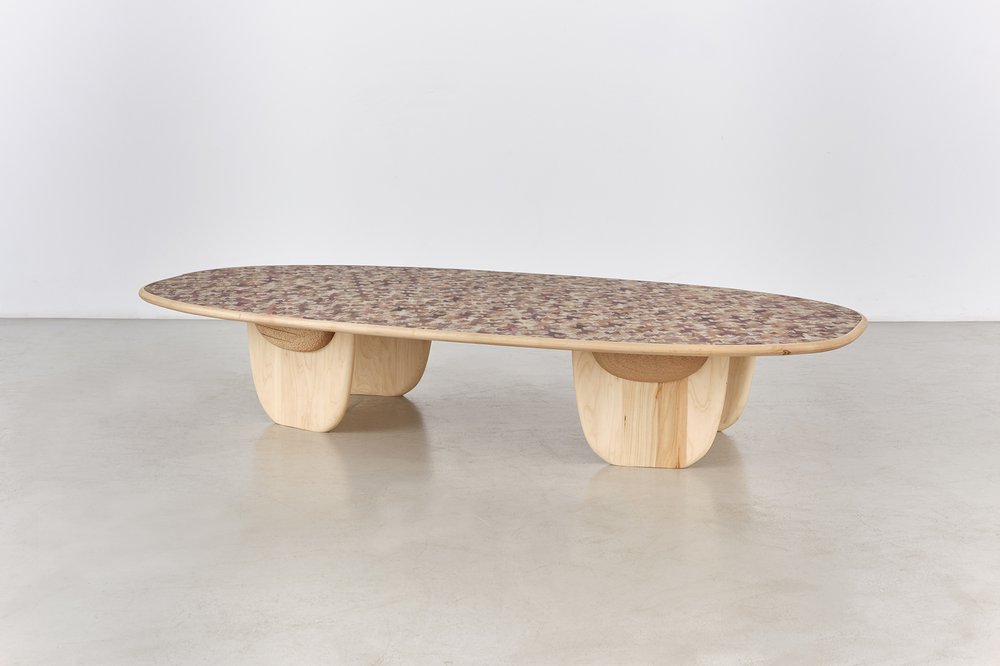

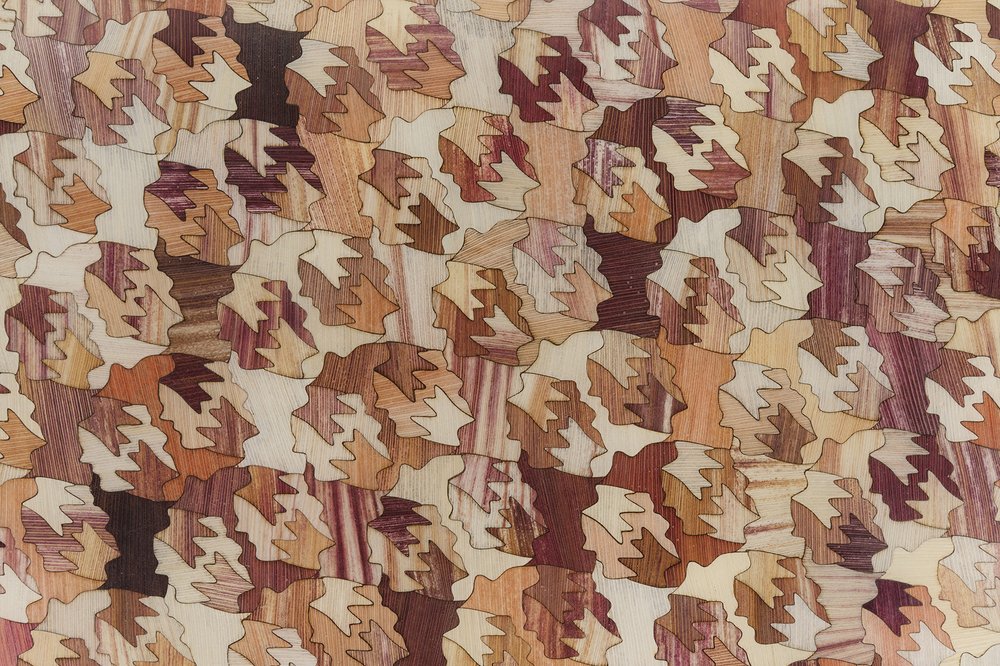
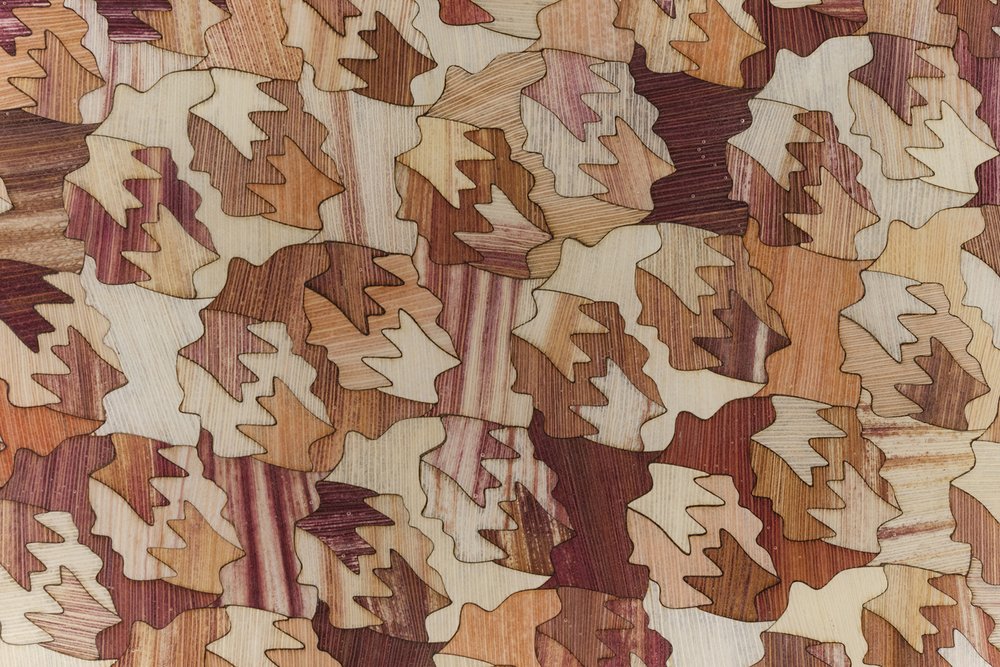
Ghosts of Our Town is Laposse’s heart call to fully embrace ‘endemic design’ where materials and their historical, social and cultural ties take center stage. The exhibition meets its match in Friedman Benda, a gallery that routinely explores previously marginalized perspectives.
In this week’s exhibition, Laposse weaves together the complexities of biodiversity loss, community disintegration and forced abandonment of traditional ways by introducing natural fibers as contemporary design materials. Pioneering methods on display include the hand knotting, weaving and dyeing of agricultural byproducts.
Heirloom corn husks are the renewable material behind Totomoxtle, a signature veneer woven into the Corn Kumiko Commode’s marquetry and the Totomoxtle Snake Coffee Table, both finished with eco-resin.
“Totomoxtle is about protecting and preserving our ancestral grains and fostering economic stability for the indigenous communities that are the last guardians of these agricultural traditions.”
Fernando Laposse
As a once-thriving industry brought to its knees by the introduction of plastics, the tale of sisal is told through contemporary pieces Hair of the Dog, Furry Mirror, and Pink Furry Armchair; each combed and knotted by hand. Laposse coaxes out agave sisal's unique character, creating hairy, animalistic shapes that are as beautiful as they are functional. “It is how the material behaves,” he says. “It naturally forms organic rounded shapes, like animals and the dwellings they create.”
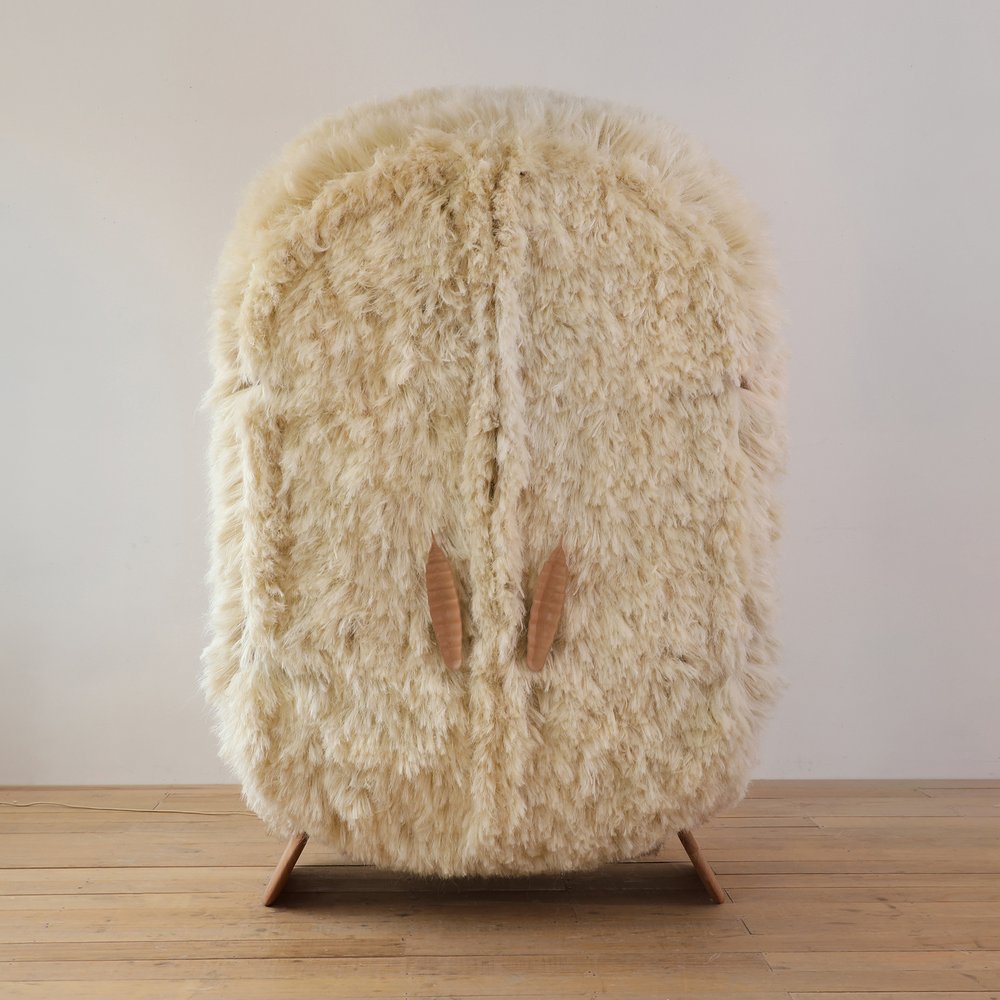
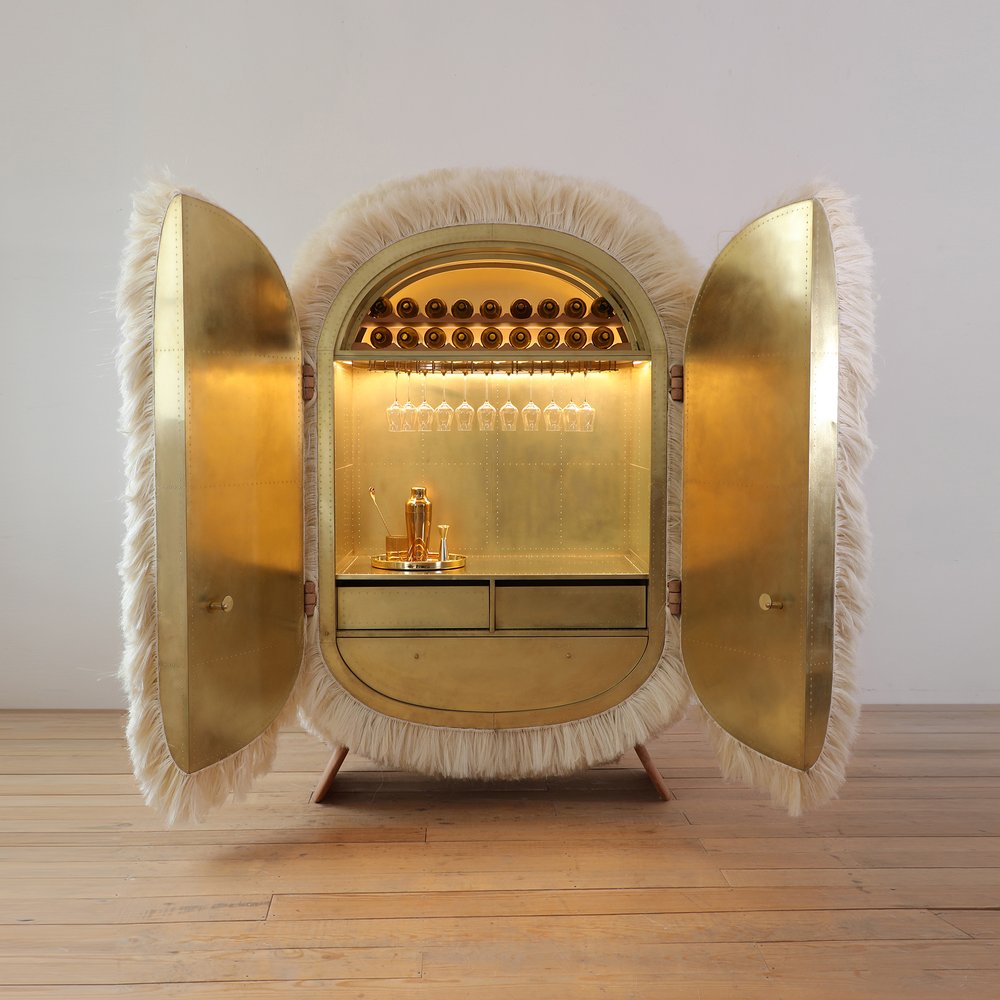
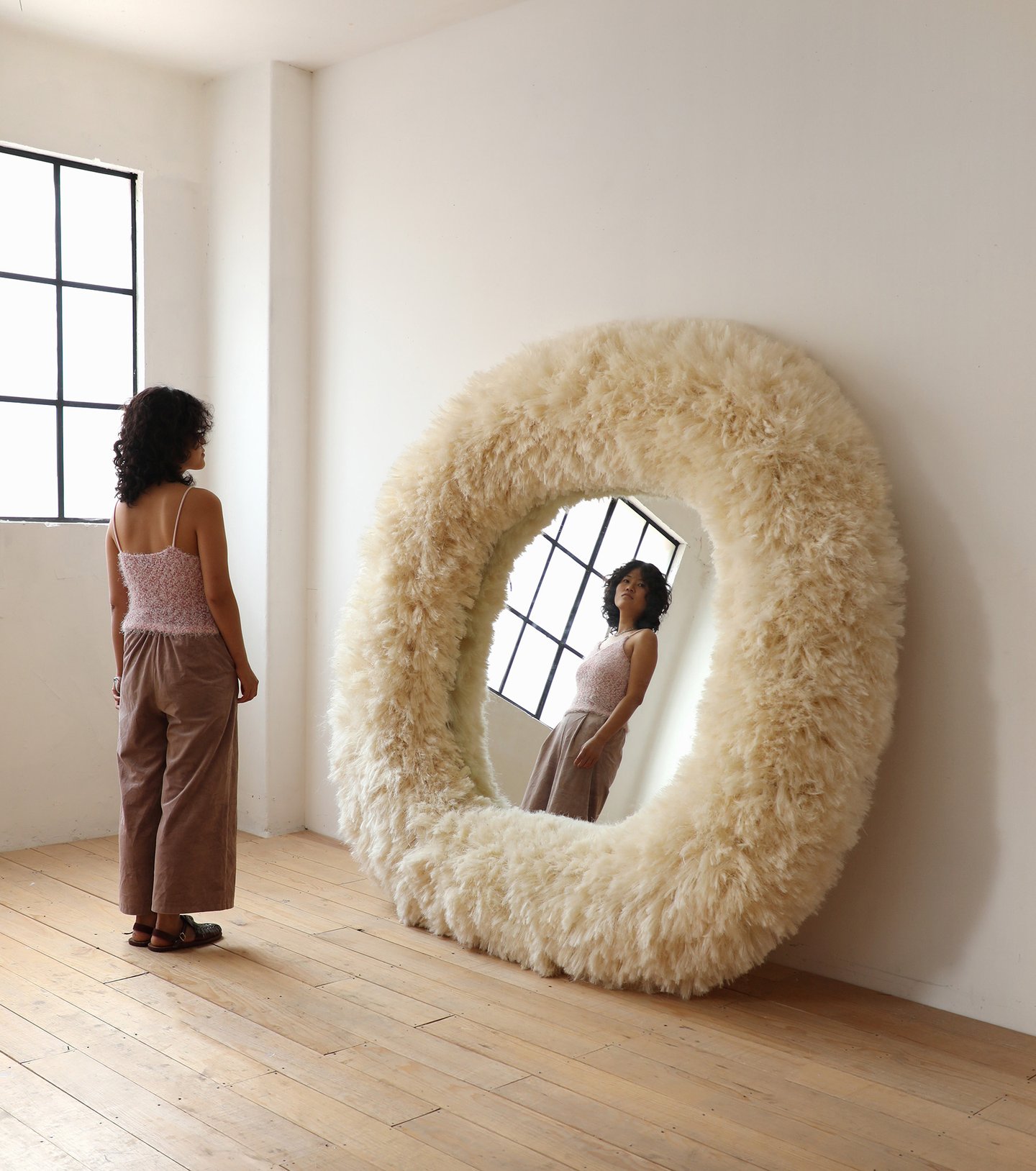
The intersection of tradition, political power and environmentalism is brought to life in marigold and avocado pit-dyed large format tapestries Doña Lucy and Saul - an homage to Cherán, a self-governing town in Michoacán that has fought to protect its land and community from violence and deforestation.
Today, Laposse lives and works in Mexico City. His 300 agave plants in Tonahuixtla have grown to 80,000 in line with his vision to expand research about design, sustainability and natural materials.
His work is held in the permanent collections of the Design Museum Gent, Le Centre National des Arts Plastiques, Musée des Arts Décoratifs, San Francisco Museum of Modern Art and Victoria & Albert Museum.
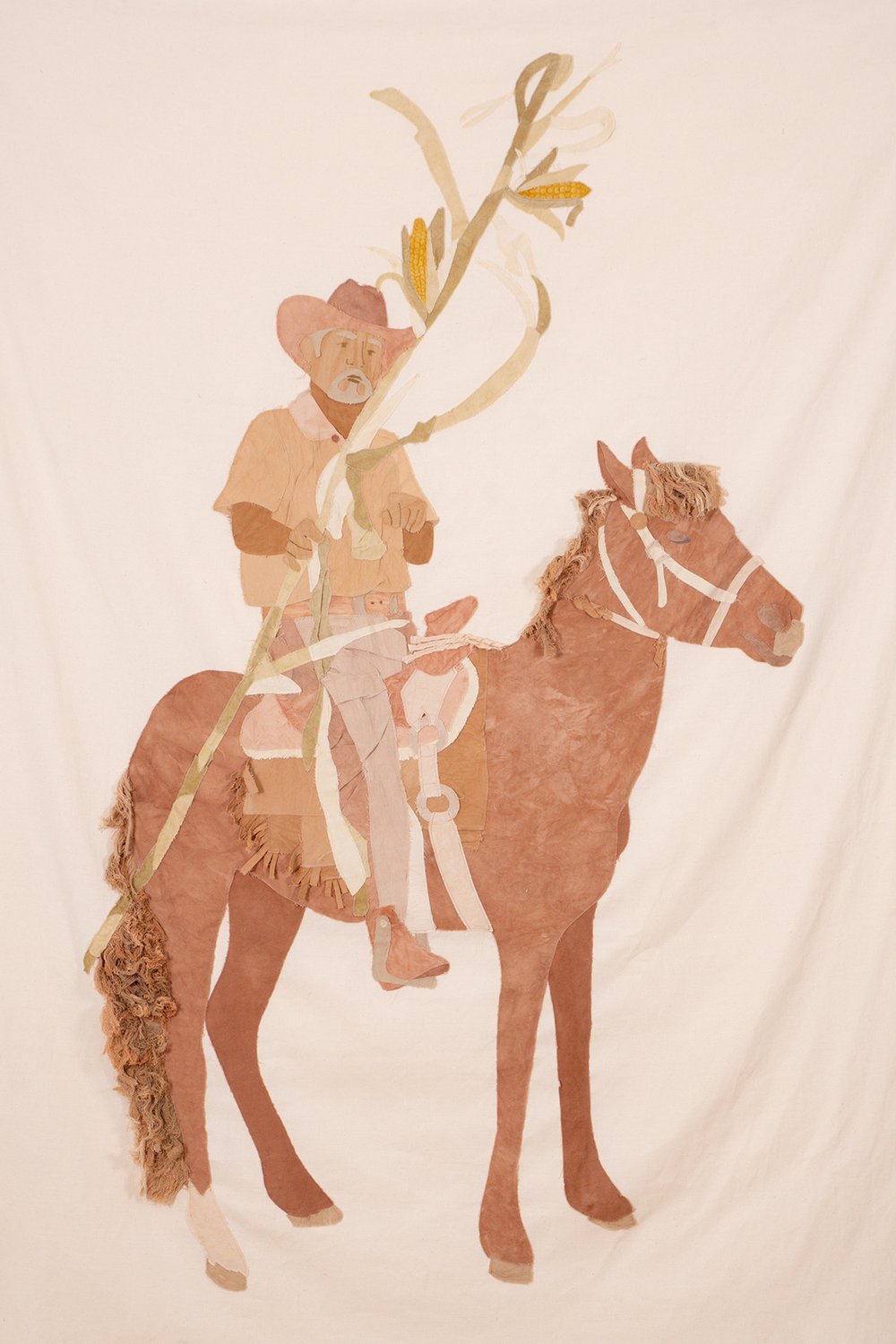

Photography: Friedman Benda, Fernando Laposse and Timothy Doyon

2 min read
Artist and designer Lily Clark masterfully blends nature's rhythms with precision engineering, interpreting California's landscapes into mesmerizing, architectural water features for the home.
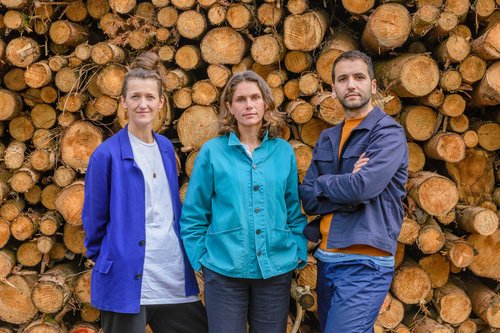
9 min read
Founding director Paloma Gormley sits down with WLLW to discuss the potential of bio-based materials, and how we can make meaningful progress towards a post-carbon built environment.